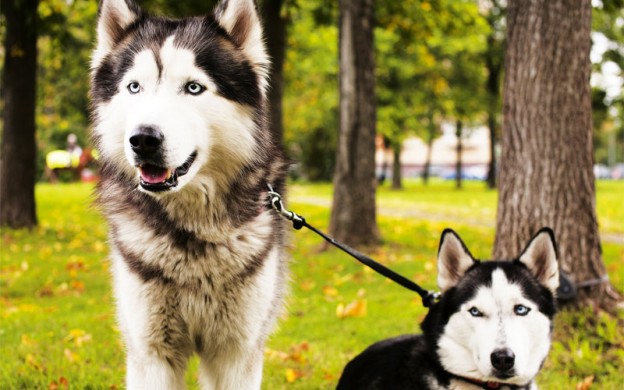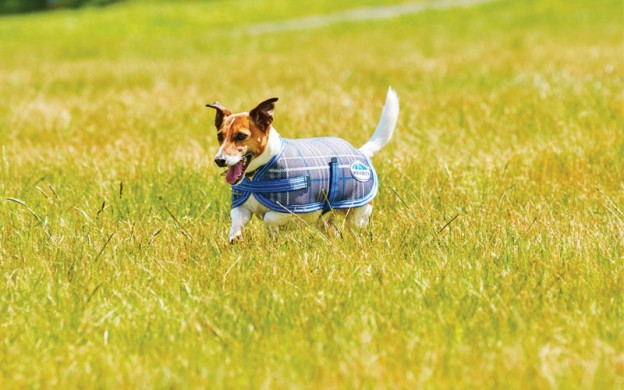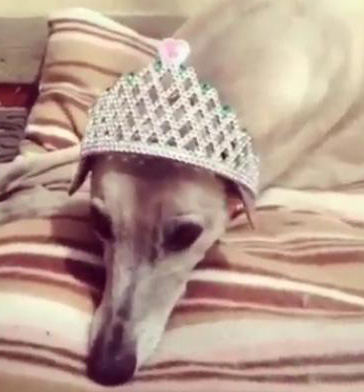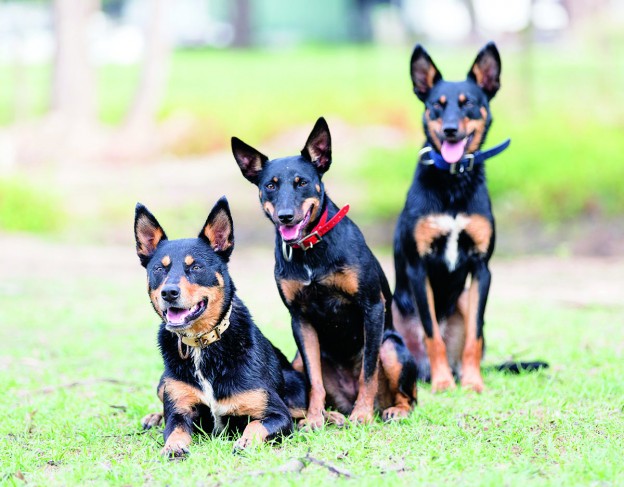
Is your beloved pooch a mish-mash of breeds? Danielle Chenery finds out what it means to be a mutt — or, to use the nicer moniker, a mixed-breed dog.
Just as looking at a baby’s face inspires a doting family to pick mum or dad’s resemblance, when gazing at your new puppy it’s fun to play the “which breed” game. Which of the breeds imprinted in your dog’s DNA is stronger? Does he have a Jack Russell face? Is her coat definitely Poodle? But what does it really mean to be a mutt, or to use the even cruder term, mongrel? Dr Josie Gollan, dedicated vet at Sydney’s Animal Doctors clinic, explains that “mutt” is a slang word for a mixed-breed dog.
“A mixed-breed dog is essentially what the name suggests, a dog that has parents of diff erent breeds. There are, however, diff erent generations of mixed breeds. An example of a first generation would be a dog with purebred parents of diff erent breeds. An example of a second-generation mixed breed would be a dog with a mixed-breed mum and dad. It can even get complicated when you’re trying to figure out the breeds of puppies from the same litter. Kathryn Calthorpe, the education programs coordinator at the Animal Welfare League of Queensland, says this is because a female dog on heat can have multiple partners and “thus multiple sires within a litter”.
On the block
Interestingly, many new “breeds” are actually mixed-breed dog; for example, Groodles (Golden Retrievers x Poodles), Labradoodles (Labradors x Poodles), Jugs (Jack Russel x Pug), and Cockapoo (Cocker Spaniel x Poodle).
And you’ll be happy to know that your mutt may actually be healthier than their purebred peers. Dr Gollan says there are no specific health issues to be concerned with when it comes to mixed-breed dogs. “In fact their health may be better than their purebred counterparts. Some pure breeds of dog are predisposed to certain genetic conditions such as elbow dysplasia, hip dysplasia, heart disease and airway disease (such as Brachycephalic Airway Syndrome, common in short-nosed, flat-faced breeds).
Crossing of different breeds to produce a mixed dog can reduce the risk of passing on these heritable traits. The scientific term for this is called Hybrid Vigour.” “Most mutts generally are healthier and live longer than purebred dogs, especially if the purebred, or designerbreed, dogs have been bred in a ‘puppy farm’,” adds Calthorpe.
And physical health benefits aren’t the only pro behavioural issues work in a similar way. “Mixed-breed dogs can often display the positive attributes of their contributing breeds. It is important to note, however, that behaviour is also heavily influenced by the dog’s surroundings and upbringing,” Dr Gollan adds.
“There is no one type of mixed breed that is healthier than another and the same goes for behaviour: any type of dog can be unhealthy or dangerous. Regular vet checks and appropriate training are the most important things in keeping your dog healthy and happy, no matter the breed.” Calthorpe adds, “Any and all dogs have the ability to bite. There is no one breed that is more dangerous than any other. Dogs will bite as a last resort, after having exhausted all other options.”
There really aren’t a lot of cons to owning a mixed-breed dog, says Dr Gollan. “The only thing some people don’t like is not knowing what mixture their dog is. However, there are now DNA tests available which provide fairly accurate results of your dog’s heritage.”








